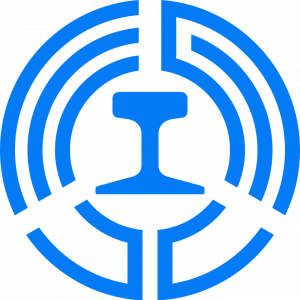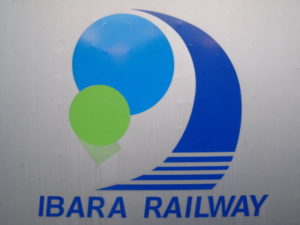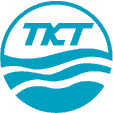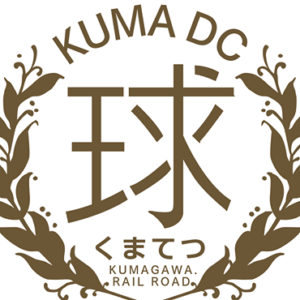Tochigi Prefecture
Mooka Railway
Famous for it’s “SL Mooka” steam train hauled by restored C12 66, the Mooka Railway inherited the 41,9Km-long Mooka Line, wich connects Shimodate and Motegi stations via Mooka, from JR East in 1988.
Gunma Prefecture
Watarase Keikoku Railway
Inherited JR East’s Ashio Line in 1989 and renamed it as the “Watarase Keikoku Railway”. The railway runs along the Watarase River valley (from wich the company takes it’s name), connecting Kityu and Mato stations with a route lenght of 44,1 Km.
Gifu Prefecture
Tarumi Railway
Formed in 1984 to operate the Tarumi Line, a 35Km-long, single-tracked and non electrified rural local line running between Ogaki and Tarumi stations. The Tarumi Railway used to run locomotive-hauled passenger trains had had also a relevant freight service, but both were discontiuned in 2006.
Tottori Prefecture
Wakasa Railway
Operates the 19,2Km-long Wakasa Line, a branch of the Inbi Line connecting Koge with Wakasa wich it had inherited from JR West in 1987. The company plans to run a steam-hauled tourist train in the near future, having already bought all the necessary rolling stock, wich however, due to a cronic lack of funds, is not yet operable as it’s in need of repair.
Okayama Prefecture
Ibara Railway
Operates only the Ibara Line, a 41Km-long sinbgle-tracked, non-electrified line connecting Soja station in Okayama Prefecture to Kannabe station in Hiroshima Prefecture. JNR began the construction of the Ibara line in 1966, but due to a serious lack of funds, it was suspended in 1980. Construction resumed in 1986 under the new Ibara Railway third-sector company, and the line finally opened in 1999.
Yamaguchi Prefecture
Nishikigawa Railway
Operates the Nishikigawa Seiryu Line, a 32.7Km-long, non-electrified and single-tracked line connecting Iwakuni Station on the San’yo Main Line to Nishikicho Station, wich it inherited from JNR in 1987.
The name of the railway (“Nishiki River Railway”) comes from the fact that the line completely parallels the Nishiki River.
Kochi Prefecture
Tosa Kuroshio Railway
A railway company managed by the Prefectural Government of Kochi in southern Shikoku, running a 112Km-long non-electrified network composed of three lines inherited from JNR, of wich two were left uncompleted by the national railways.
Asa Kaigan Railway
Operates the 8.5Km-long non-electrified and single-tracked Asato Line (sometimes also called the “Asa East Line”), wich is essentially a southwards extension of JR Shikoku’s Mugi Line.
The Asa Kaigan Railway is Japan’s smallest independent railway company – it manages just three stations (of wich one jointly with JR Shikoku) and owns only two diesel railcars.
Nagasaki and Saga Prefectures
Matsuura Railway
Operates the Nishi-Kyushu Line, a 93.8Km long, non-electrified and single-tracked line connecting Arita to Sasebo via Matsuura, wich it inherited in 1988.
The Nishi-Kyushu Line is the westernmost conventional railway line in Japan, with Tabira-Hiradoguchi being the westernmost conventional railway station. Besides this, the line is also famous for it’s particularily scenic route.
Kumamoto Prefecture
Kumagawa Railway
Inherited the Yunomae Line in 1989, a 24.8Km-long, non-electrified and single-tracked railway line from Hitoyoshi Station, where it branches off JR Kyushu’s Hisatsu Line to Yunomae Station.
The name of the railway (“Kuma River Railway”) comes from the fact that the line completely parallels the Kuma River.
Minami-Aso Railway
Inherited the Takamori Line in 1986, a 17.7Km-long, non-electified and single-tracked railway line from Tateno Station, where it branches off JR Kyushu’s Hohi Main Line, to Takamori Station.
The line travels on the south side of Mount Aso’s caldera, and it was damaged in the 2016 Kumamoto Earthquake. The 9Km-long section from Tateno to Nakamatsu is still closed, awaiting repairs, as of 2020.











